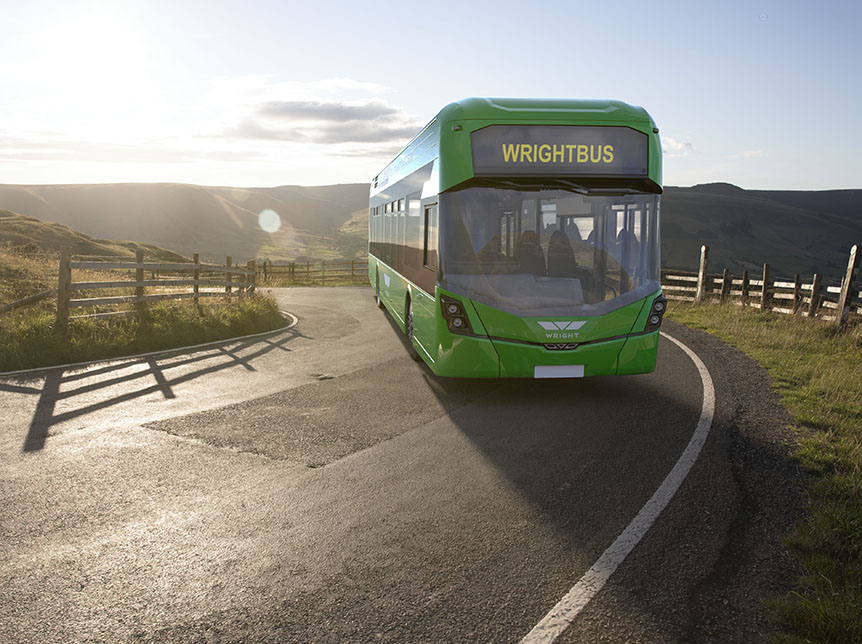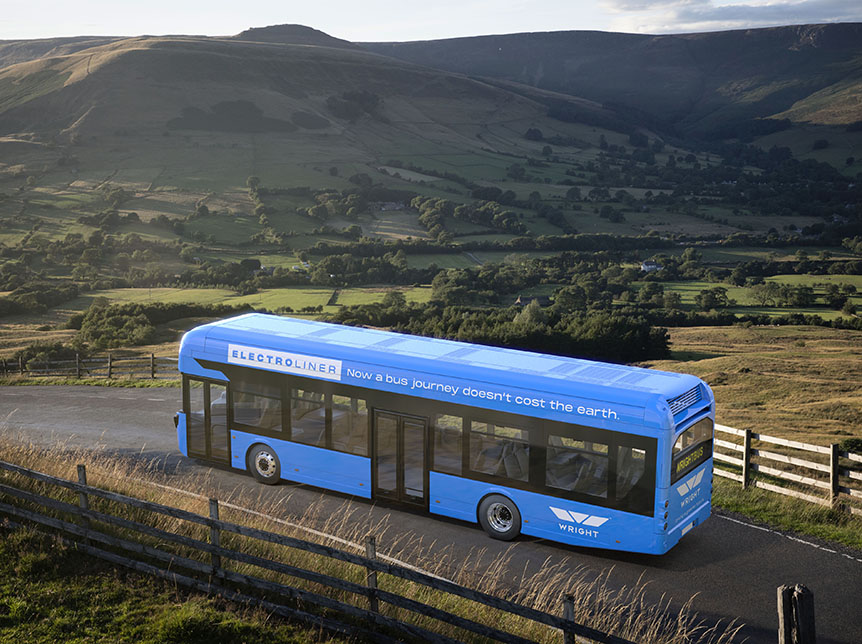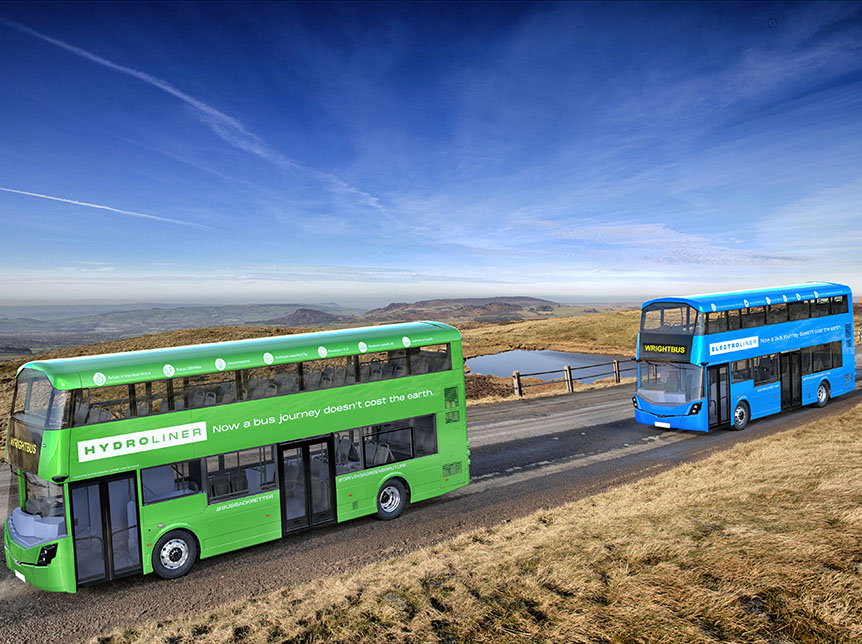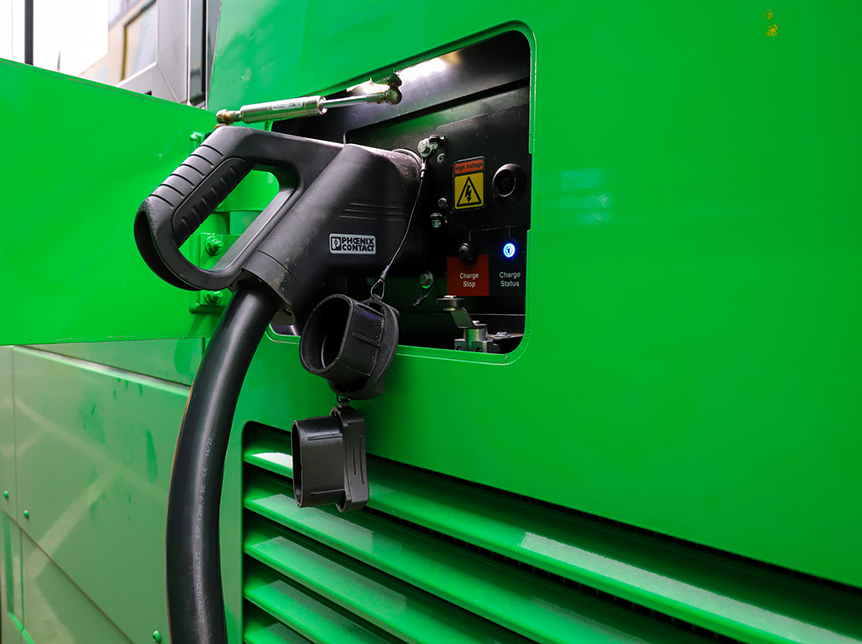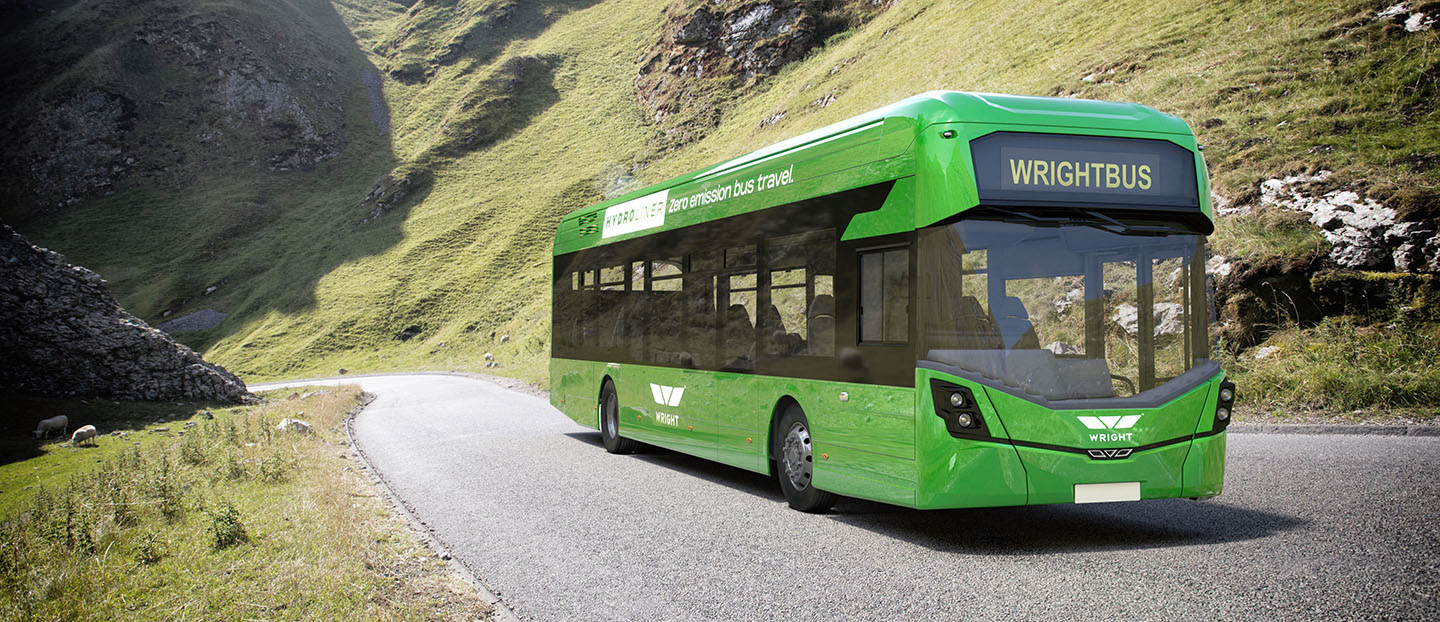
In the pursuit of sustainable transportation solutions, single-decker hydrogen vehicles have emerged as a promising innovation that holds the potential to revolutionize urban transit. Combining the efficiency of single-decker buses with the environmental benefits of hydrogen fuel, these vehicles are paving the way towards a cleaner and greener urban future.
The Evolution of Single Decker Buses: A Compact Urban Solution
Efficient City Travel
Single-decker buses have long been a staple of urban transportation due to their maneuverability and ability to navigate through tight city streets. They are the backbone of public transit systems, providing an efficient means of moving people from one destination to another within bustling cities.
Hydrogen Vehicles: A Sustainable Revolution
Zero Emissions
Hydrogen vehicles, including single-decker buses, operate using hydrogen fuel cells that convert hydrogen gas into electricity to power electric motors. The only byproduct of this process is water vapor, making hydrogen vehicles a zero-emission mode of transport that significantly reduces air pollution and greenhouse gas emissions.
Range and Refueling
One of the remarkable features of hydrogen vehicles is their impressive range. Single-decker hydrogen buses can travel longer distances than their battery electric counterparts on a single tank of hydrogen. Additionally, refueling hydrogen vehicles takes a matter of minutes, similar to refueling traditional gasoline vehicles, providing a convenient solution for mass transit operations.
The Synergy of Single Decker Hydrogen Vehicles
Efficiency and Environmental Impact
Single-decker hydrogen buses combine the space-efficient design of traditional buses with the eco-friendly advantages of hydrogen fuel cells. These vehicles offer an opportunity to transport a significant number of passengers while minimizing the environmental impact on urban areas.
Cleaner Air and Quieter Streets
By adopting single-decker hydrogen vehicles, cities can significantly improve air quality and reduce noise pollution. These buses operate quietly, contributing to more peaceful urban environments, and their zero-emission operation helps combat the negative health effects associated with air pollution.
Infrastructure and Future Prospects
Challenges and Advancements
The adoption of single-decker hydrogen vehicles faces challenges such as building the necessary refueling infrastructure and addressing the production and transportation of hydrogen gas. However, ongoing research and investments are driving advancements in these areas, making hydrogen technology increasingly viable.
Collaboration for Sustainability
Governments, industries, and research institutions are collaborating to develop a comprehensive hydrogen ecosystem that supports the growth of single-decker hydrogen vehicles. As advancements continue, we can expect to see expanded deployment of these vehicles across urban transit systems.
Conclusion: A Cleaner Journey Ahead
Single-decker hydrogen vehicles represent a significant step towards cleaner and more sustainable urban transit. By combining the efficiency of single-decker buses with the environmentally friendly features of hydrogen fuel cells, these vehicles offer a promising solution for cities looking to reduce emissions and enhance their public transportation systems. As technology progresses and the hydrogen infrastructure matures, we can anticipate a future where single-decker hydrogen vehicles play a central role in shaping the way we move within our cities.
Read more

CONTACTEZ-NOUS
Wrightbus est à la pointe de l'innovation dans le monde des transports depuis 1946, et repousse sans cesse les limites en misant sur la qualité, l'efficacité, le style et la sécurité.
